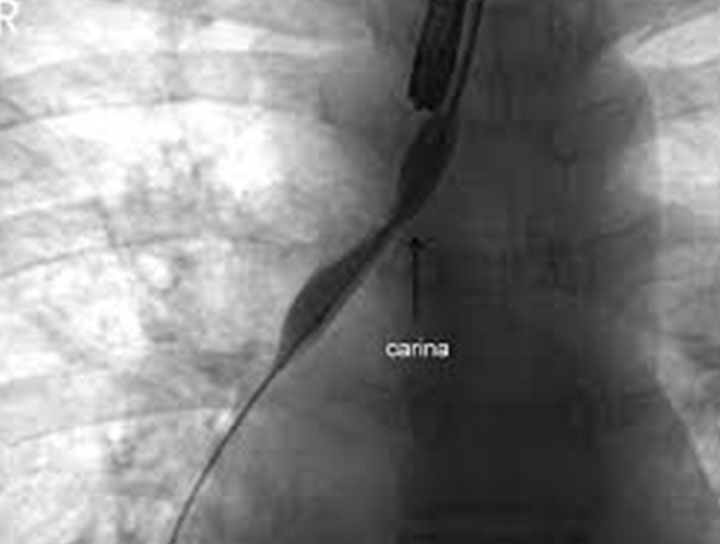Balloon Bronchoplasty

Introduction
Balloon bronchoplasty is a procedure central to the practice of interventional bronchoscopy. It is easily used with both flexible and rigid bronchoscopy, providing a versatile approach to managing airway stenosis. This technique can be performed with fluoroscopic guidance over a guide wire or under direct vision.
Indications and Uses
Balloon bronchoplasty is most commonly employed with high long-term success for non-malignant causes of airway stenosis, such as:
- Post-intubation tracheal stenosis
- Granulomatous disease
- Inflammatory conditions
However, it can also be used in malignant diseases to alleviate airway obstruction caused by tumors. This technique is generally used in conjunction with other interventional techniques, such as electrocautery or stent deployment, to optimize patient outcomes.
Procedure Overview
The procedure involves the following steps:
- The patient is positioned appropriately, and sedation is administered as needed.
- A bronchoscope is introduced into the airway to visualize the stenosis.
- A guide wire may be placed across the stenosis for balloon deployment.
- A silicone-based balloon is then positioned at the site of the stenosis.
- The balloon is inflated to a predetermined pressure to dilate the narrowed airway.
Continuous monitoring of the patient's vital signs is essential during the procedure to ensure safety.
Equipment and Safety Considerations
The balloon used in bronchoplasty should be silicone-based and capable of providing radial force. The inflation syringe must have a pressure gauge, and the operator must be aware of the burst pressure to avoid complications.
Risks and Complications
While balloon bronchoplasty is generally safe, potential complications can occur, including:
- Mucosal tears
- Minor bleeding
- Rupture of major airways or vascular structures (though rare)
It is vital for healthcare providers to be prepared to manage these complications should they arise.
Conclusion
Balloon bronchoplasty is a valuable technique in the management of airway stenosis, offering a minimally invasive option for patients. By restoring airway patency, this procedure can significantly improve respiratory function and quality of life. If you are experiencing symptoms related to airway obstruction, consult your healthcare provider to discuss the potential benefits of balloon bronchoplasty.
